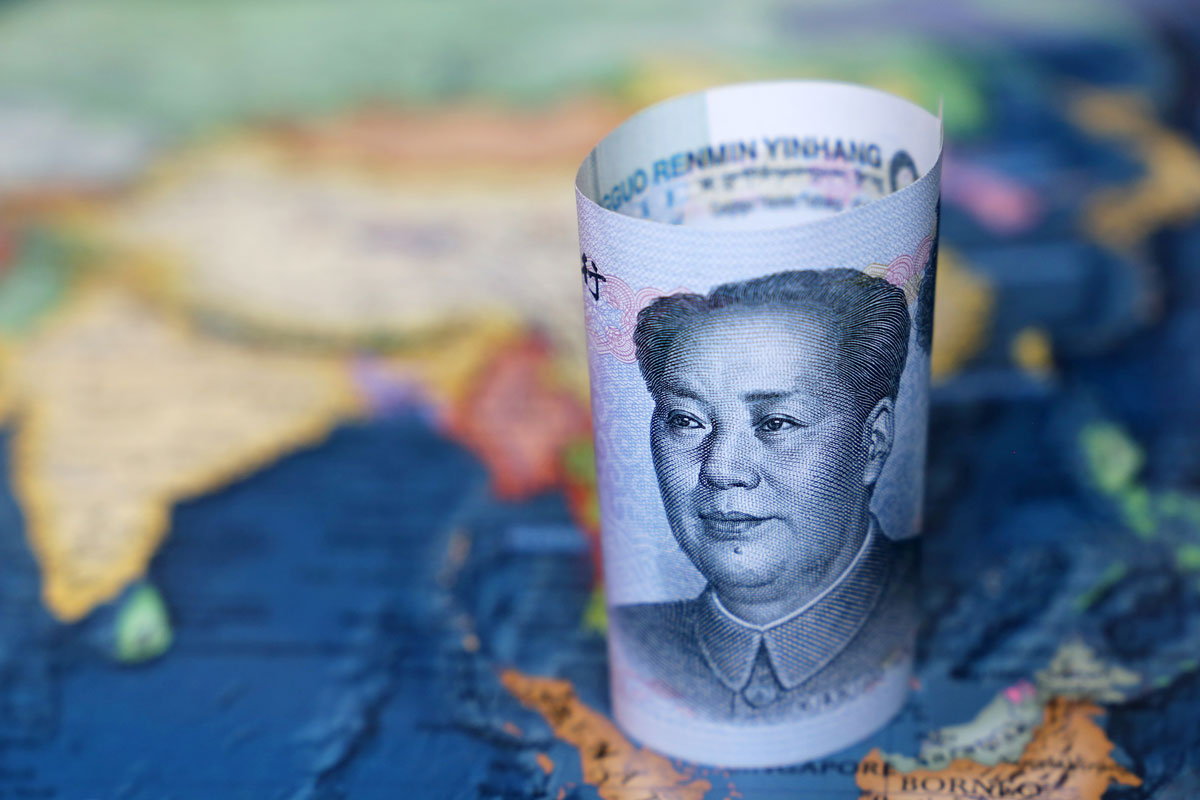China’s recent pledge to significantly ramp up fiscal stimulus marks an important step in addressing its sluggish economic growth. However, the lack of clear details on the scale of this stimulus leaves investors and analysts wary about the effectiveness of the proposed measures. As the world’s second-largest economy grapples with deflationary pressures, a sharp downturn in the property market, and slowing consumer confidence, the need for concrete policy action has become more urgent than ever.
China’s economy, long powered by debt-fueled infrastructure investment, faces diminishing returns on this approach. Local governments are heavily indebted, and the property market ~ once a key driver of growth ~ has entered a prolonged slump. These structural challenges demand not just quick fixes but a more fundamental shift in China’s economic strategy. While Beijing’s recent steps to support indebted local governments, subsidise low-income households, recapitalise banks, and stabilise the property market are commendable, they fall short of addressing the deeper issues that have been plaguing the economy for years. One major concern is the lack of a clear figure for the stimulus package.
Advertisement
Without knowing the full extent of the fiscal commitment, investors are left in a state of uncertainty, which could prolong market volatility. The absence of a specific number makes it difficult to assess how far China is willing to go to reverse its economic slowdown, leaving many to wonder whether the stimulus will be sufficient to boost growth in the long term. While some reports suggest China may issue special sovereign bonds and inject capital into state banks, the effectiveness of these measures remains to be seen. At the heart of the issue is China’s over-reliance on investment rather than consumption. The country’s household spending is significantly lower than the global average, with consumers contributing less than 40 per cent of GDP.
Meanwhile, investment levels are disproportionately high. This imbalance reflects a structural flaw in the economy that cannot be solved by pouring more money into debt-laden local governments or infrastructure projects. If China is serious about achieving sustainable growth, it must focus on boosting domestic consumption and reducing its dependence on investment driven growth. The current measures may offer shortterm relief, but they do little to address these deeper issues. As China continues to navigate economic uncertainty, the real challenge lies in implementing structural reforms that can unlock domestic demand and create a more balanced economy.
While the finance ministry has promised to introduce reforms gradually, time is running out. The global economy is closely watching China, and a failure to address these core issues could have far-reaching consequences. China’s stimulus efforts will be judged not only by their size but by their ability to reshape the economic landscape. Without a bold shift in focus from investment to consumption, the country’s long-term growth prospects may remain limited and the global markets will continue to be left on edge.











